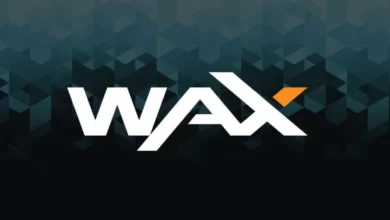SushiSwap and its Community-driven Liquidity Provision

If you’re interested in decentralized finance (DeFi), you’ve likely heard of SushiSwap. It’s a decentralized exchange built on the Ethereum blockchain that allows users to trade cryptocurrencies without the need for a centralized intermediary. But what sets SushiSwap apart is its community-driven approach to liquidity provision.
Introduction
SushiSwap was launched in August 2020 as a fork of Uniswap, another popular decentralized exchange. Its goal was to improve upon Uniswap’s model by offering more benefits to liquidity providers. SushiSwap introduced its native token, SUSHI, which allowed liquidity providers to earn a portion of the exchange’s trading fees.
Liquidity Provision on SushiSwap
Before we dive into community-driven liquidity provision, it’s important to understand the concept of liquidity provision itself. In DeFi, liquidity providers (LPs) add funds to a liquidity pool, which is used to facilitate trades. LPs earn a portion of the exchange’s trading fees in exchange for providing liquidity.
SushiSwap incentivizes liquidity providers by offering a portion of the exchange’s trading fees in the form of SUSHI tokens. This incentivizes LPs to provide liquidity, as they can earn a passive income in addition to potential price appreciation of the SUSHI token.
Community-driven Liquidity Provision
What sets SushiSwap apart is its community-driven approach to liquidity provision. SushiSwap’s development team is decentralized, and anyone can contribute to the project’s code. Additionally, the community plays a vital role in deciding how the platform is run through its governance system.
The SUSHI token is a key component of community-driven liquidity provision. LPs who stake their liquidity pool tokens (LP tokens) in SushiSwap’s MasterChef contract can earn SUSHI tokens as a reward. These LP tokens represent the LP’s share of the liquidity pool, and staking them in MasterChef allows the LP to earn SUSHI while still providing liquidity to the pool.
In addition to earning SUSHI, LPs who stake their LP tokens can also participate in governance. SushiSwap’s governance system allows token holders to vote on proposals, such as changes to the platform’s fee structure or new features to be added.
Governance on SushiSwap
SushiSwap’s governance system is a key component of its community-driven approach. Anyone who holds SUSHI tokens can participate in governance, and proposals can be submitted by anyone. Proposals are voted on by SUSHI holders, and those that receive enough votes are implemented.
This allows the community to have a say in how the
platform is run, and ensures that the platform is constantly evolving to meet the needs of its users. Community involvement in governance also helps to increase transparency and accountability, as decisions are made through a decentralized process rather than by a centralized authority.
SushiSwap vs Traditional Finance
SushiSwap’s community-driven liquidity provision and governance system are just two examples of how DeFi is fundamentally different from traditional finance. In traditional finance, decisions are typically made by a centralized authority, and users have little to no say in how the platform is run. Additionally, traditional finance often requires intermediaries, which can add fees and increase the risk of censorship.
SushiSwap and other DeFi platforms remove the need for intermediaries, allowing users to trade directly with one another. Additionally, the decentralized nature of DeFi platforms means that users have more control over their assets and can participate in governance.
Future of SushiSwap
SushiSwap has experienced significant growth since its launch in 2020, and its community-driven approach to liquidity provision and governance has helped to solidify its position in the DeFi ecosystem. The platform has continued to add new features and improvements, such as limit orders and gas optimizations, which have helped to improve the user experience.
Looking to the future, SushiSwap has plans to expand beyond the Ethereum blockchain and into other ecosystems. The platform is also exploring the use of layer 2 solutions, such as Optimistic Rollups, to increase transaction speeds and reduce gas fees.



